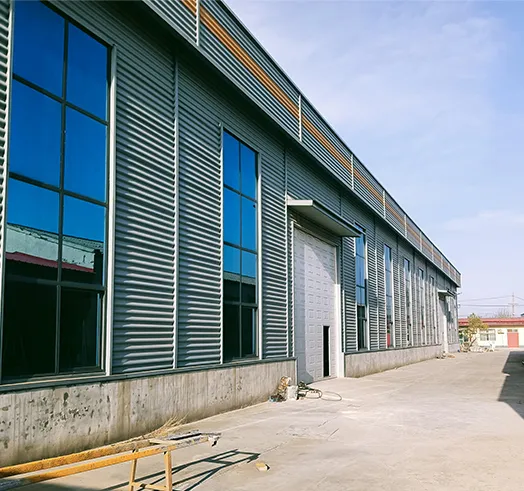
- Afrikaans
- Albanian
- Amharic
- Arabic
- Armenian
- Azerbaijani
- Basque
- Belarusian
- Bengali
- Bosnian
- Bulgarian
- Catalan
- Cebuano
- Corsican
- Croatian
- Czech
- Danish
- Dutch
- English
- Esperanto
- Estonian
- Finnish
- French
- Frisian
- Galician
- Georgian
- German
- Greek
- Gujarati
- Haitian Creole
- hausa
- hawaiian
- Hebrew
- Hindi
- Miao
- Hungarian
- Icelandic
- igbo
- Indonesian
- irish
- Italian
- Japanese
- Javanese
- Kannada
- kazakh
- Khmer
- Rwandese
- Korean
- Kurdish
- Kyrgyz
- Lao
- Latin
- Latvian
- Lithuanian
- Luxembourgish
- Macedonian
- Malgashi
- Malay
- Malayalam
- Maltese
- Maori
- Marathi
- Mongolian
- Myanmar
- Nepali
- Norwegian
- Norwegian
- Occitan
- Pashto
- Persian
- Polish
- Portuguese
- Punjabi
- Romanian
- Russian
- Samoan
- Scottish Gaelic
- Serbian
- Sesotho
- Shona
- Sindhi
- Sinhala
- Slovak
- Slovenian
- Somali
- Spanish
- Sundanese
- Swahili
- Swedish
- Tagalog
- Tajik
- Tamil
- Tatar
- Telugu
- Thai
- Turkish
- Turkmen
- Ukrainian
- Urdu
- Uighur
- Uzbek
- Vietnamese
- Welsh
- Bantu
- Yiddish
- Yoruba
Effective Pressure Washer Techniques for Deep Car Cleaning
The Ultimate Guide to Using a Pressure Washer for Car Cleaning
When it comes to maintaining your vehicle's appearance, regular washing is essential. However, using a conventional hose can be time-consuming and less effective at removing tough grime and dirt. Enter the pressure washer a powerful tool that can transform your car cleaning routine. In this article, we will explore the benefits of using a pressure washer for car cleaning, essential tips for safe and effective use, and the best practices to achieve a showroom shine.
Why Use a Pressure Washer for Car Cleaning?
1. Efficiency Pressure washers can significantly cut down on the time it takes to wash your vehicle. With water forced out at high pressure, you can easily remove dirt, road grime, and even stubborn bugs that cling to your car’s surface.
2. Water Conservation Surprisingly, pressure washers can use less water than traditional hoses. A pressure washer can do a thorough job while consuming up to 80% less water compared to a normal garden hose, making it an eco-friendly choice.
3. Versatility While primarily used for car cleaning, pressure washers are also effective for various tasks around the house, such as cleaning patios, driveways, and outdoor furniture. This multi-purpose functionality makes it a worthwhile investment.
Choosing the Right Pressure Washer
When selecting a pressure washer for car cleaning, consider a few key factors
- Pressure Rating A pressure washer with a rating of 1200 to 1900 PSI (pounds per square inch) is ideal for washing cars. Higher pressures can risk damaging the vehicle’s paintwork.
- GPM (Gallons per Minute) Look for a unit that offers a good GPM to ensure efficient cleaning. A model with 1.5 to 2.5 GPM is generally suitable for automotive use.
- Detergent Compatibility Choose a pressure washer that allows you to use detergents or soaps specifically designed for vehicles
. This makes it easier to break down tough contaminants on the car surface.Preparing to Wash Your Car
car cleaning pressure washer

Before firing up the pressure washer, follow these essential steps
1. Gather Your Supplies You’ll need your pressure washer, a wash-ready soap for cars, a microfiber wash mitt, a hose, and clean water for rinsing.
2. Assess Your Vehicle Walk around your car to identify any areas with heavy dirt, bird droppings, or tree sap. These spots may require special attention or additional cleaning techniques.
3. Pre-Wash Rinse Start by rinsing your car with plain water to remove loose debris. This step is crucial to avoid scratching the paint during the washing process.
Washing Your Car
1. Apply Detergent If your pressure washer has a detergent tank, fill it with car soap, and apply it to your vehicle starting from the top and working your way down. If not, use the wash mitt dipped in soapy water and scrub gently.
2. Use the Right Nozzle Switch to a wider fan nozzle (25° to 40°) for the rinsing phase. Using a fan nozzle helps reduce the impact on the paint while covering a larger area. Keep the wand at least 2 feet away from the surface to avoid damage.
3. Rinse Thoroughly Begin rinsing from the top down, ensuring that all soap is removed. Pay special attention to areas where dirt tends to accumulate, such as wheel wells and between the body panels.
4. Drying The final step is to dry your car using microfiber towels. This helps prevent water spots and gives your car a polished look.
Conclusion
Using a pressure washer for car cleaning is an efficient, environmentally friendly, and versatile approach to maintaining your vehicle's appearance. By following the proper techniques and safety practices, you can achieve professional-quality results right from your driveway. With the right pressure washer and a bit of technique, your car can shine like new, giving it the care it deserves while also saving you time and effort. Happy washing!
-
Integrating Aqua Tunnel Car Wash in Shopping CentersNewsJun.24,2025
-
Gas Station with an Auto Car Wash MachineNewsJun.24,2025
-
Efficiency in Your Aqua Tunnel Car Wash: Power & Water-SavingNewsJun.24,2025
-
Car Wash Business with Advanced Auto Car Cleaning MachinesNewsJun.24,2025
-
Balancing Setup Costs with Aqua Tunnel Car WashNewsJun.24,2025
-
Aqua Tunnel Car Wash: Eco-Design for the Energy-Savvy EntrepreneurNewsJun.24,2025



